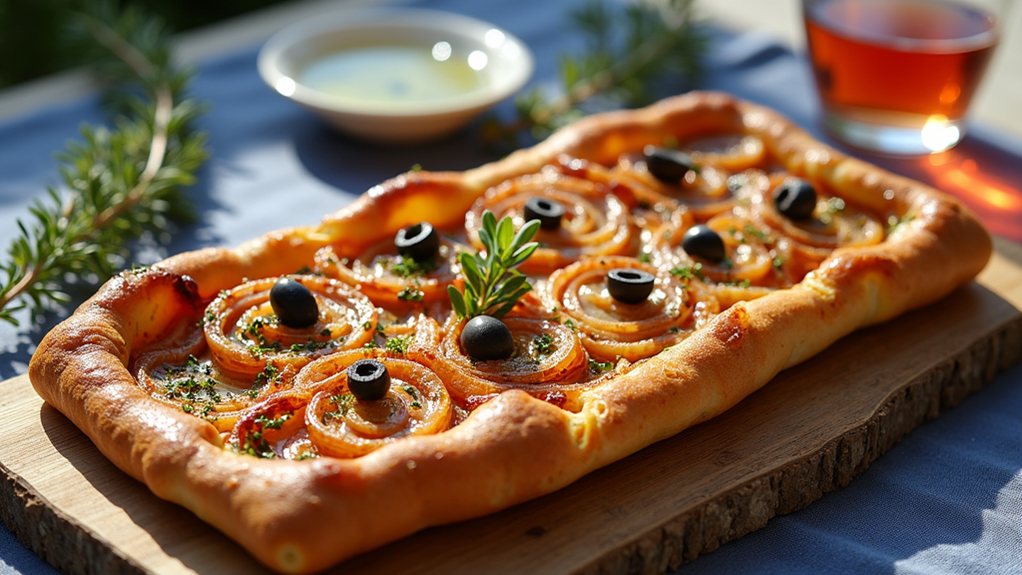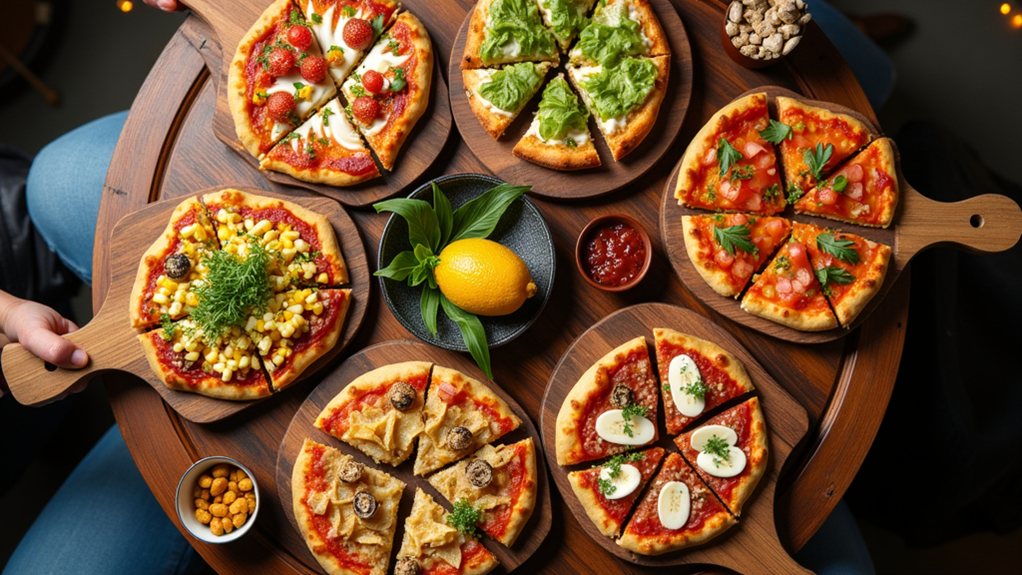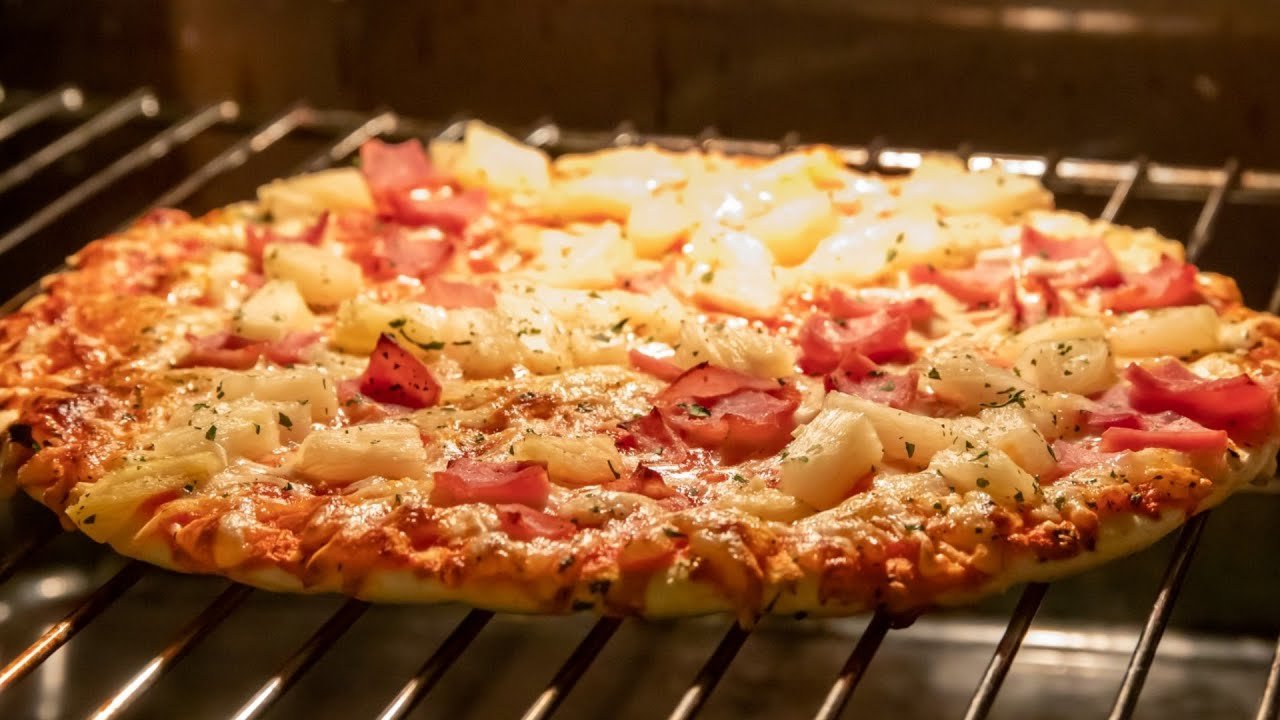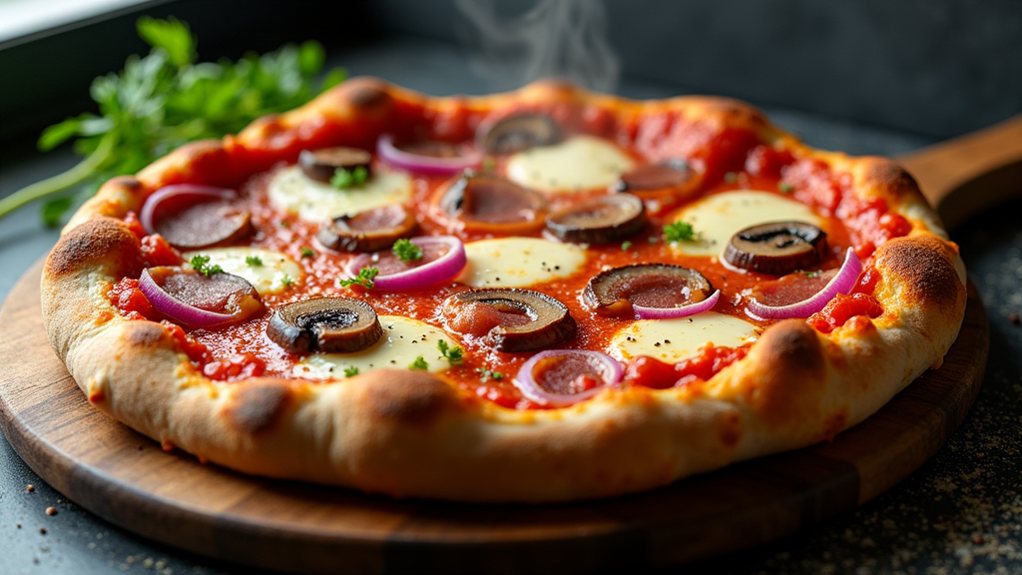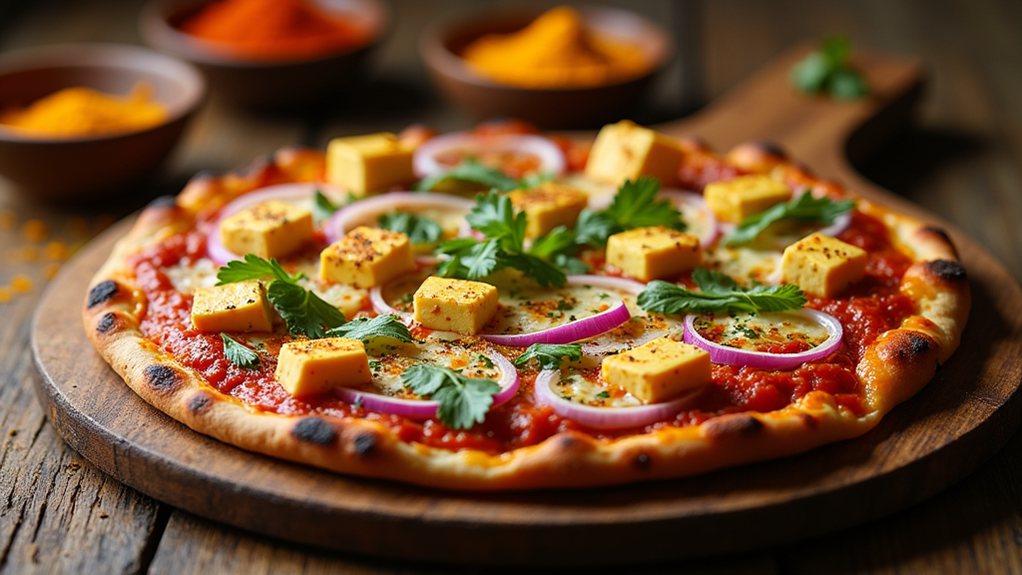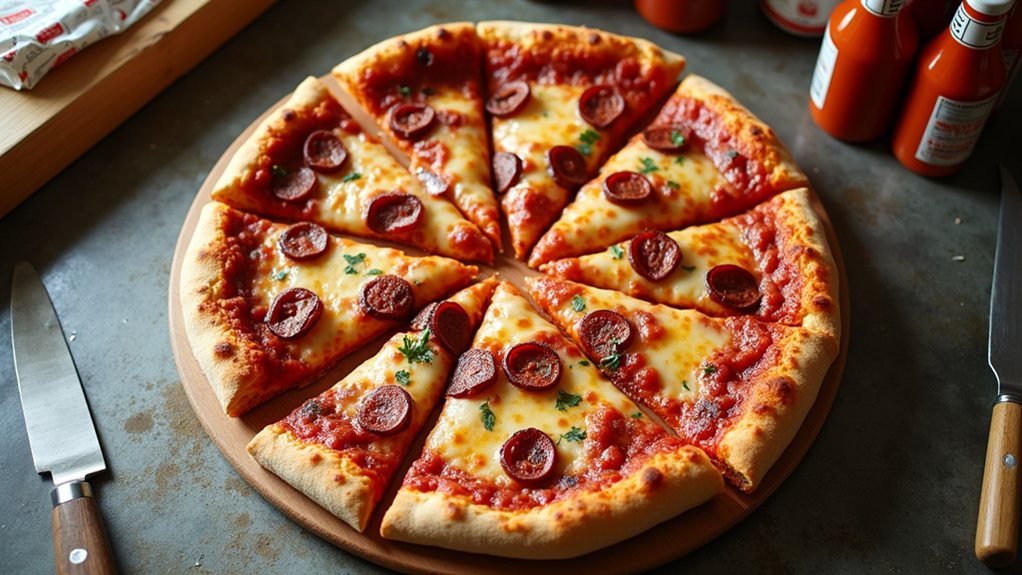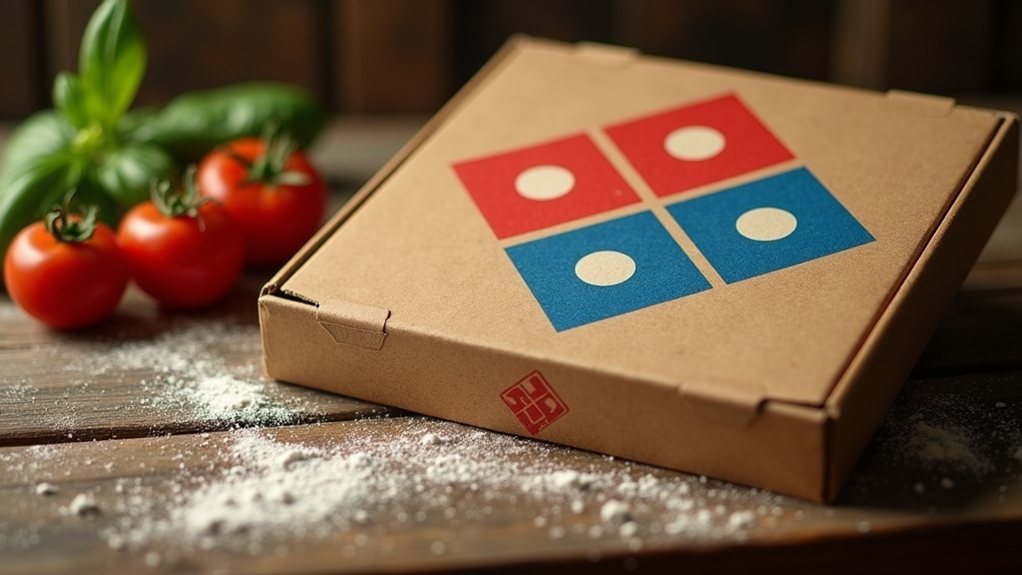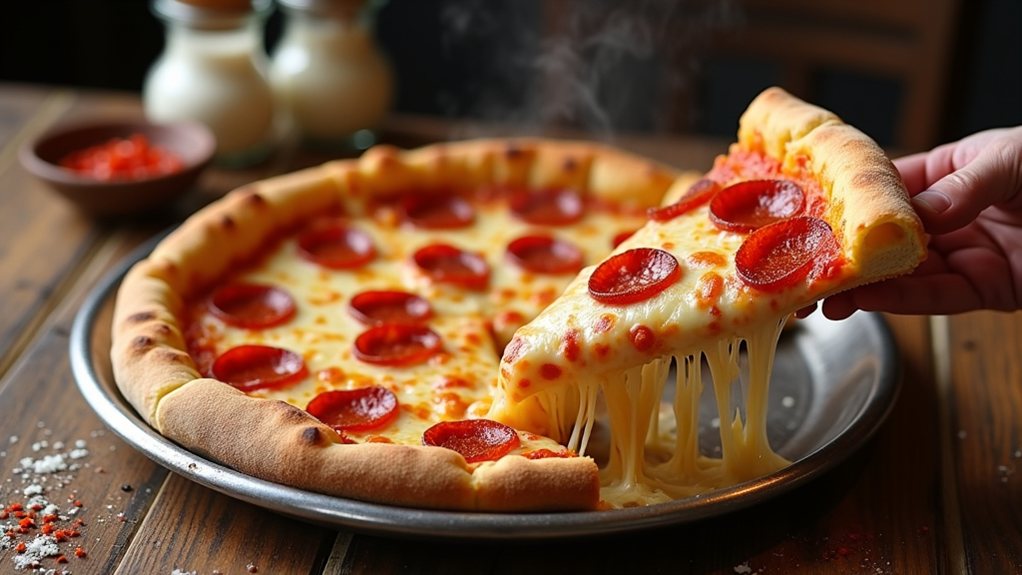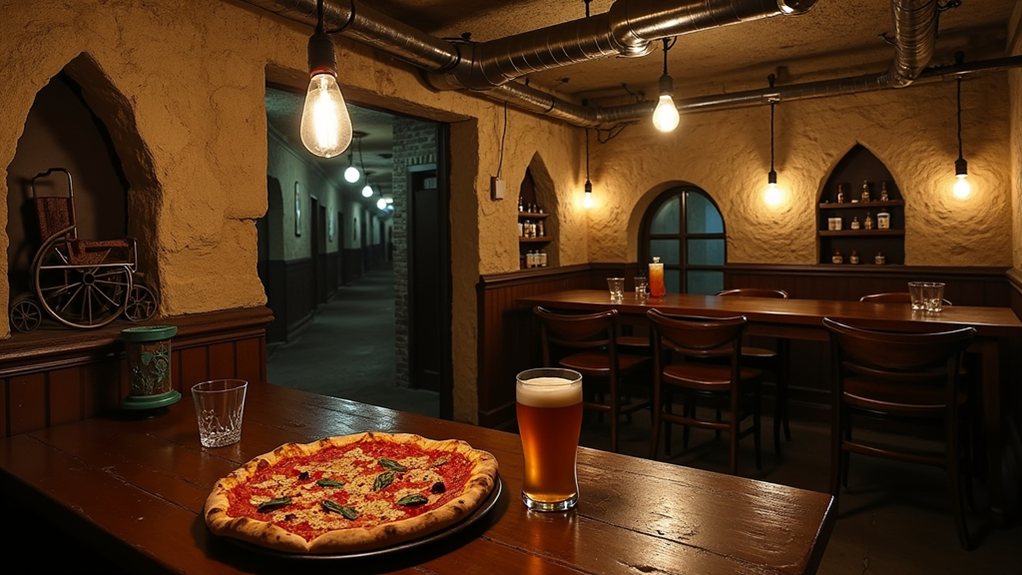The Provençal coastline offers culinary treasures that often remain overshadowed by their more famous Italian neighbors, and pissaladière stands as a perfect example. This savory tart, with its foundation of meltingly sweet caramelized onions and salty anchovy accents, represents centuries of Mediterranean influence on French coastal cuisine. While pizza-adjacent in appearance, pissaladière's distinctive flavor profile and preparation techniques tell a different story, one that captures the essence of Nice's unique position at the crossroads of French and Italian traditions.
The Provençal Origins of Pissaladière
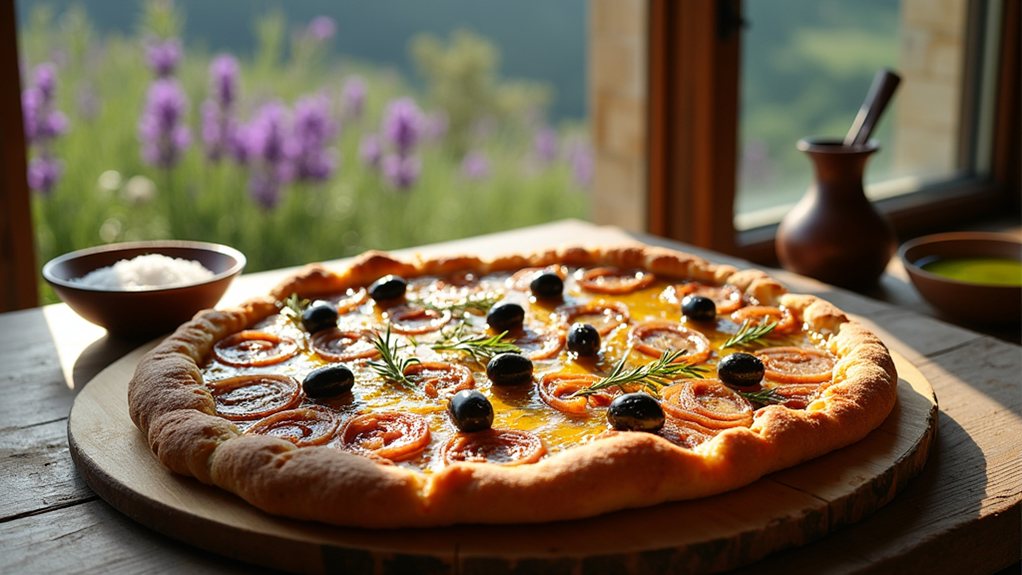
Located along the sun-drenched coastline of southeastern France, the Provençal region has given the world many culinary treasures, with pissaladière standing proudly among them. This pizza-like delicacy traces its roots specifically to Nice, where it has been a cornerstone of local cuisine for centuries.
The initial written recipe dates remarkably far back to 879, though that early version referenced a different form using pissalat, a traditional anchovy paste.
Known as "pissaladiera" or "pissaladina" in the local dialect, this dish reflects the area's rich cultural heritage. The recipe has traveled through generations of Niçoise families, preserving authentic preparation methods despite numerous influences. The name itself derives from the Latin word piscis, meaning fish.
Historians note possible Genoese connections from nearby Imperia, Italy, highlighting how trading routes shaped this emblematic dish that now symbolizes Provençal culinary identity. Unlike the New York-style pizza that features mozzarella cheese, pissaladière traditionally uses no cheese at all.
What Makes Pissaladière Different From Pizza?
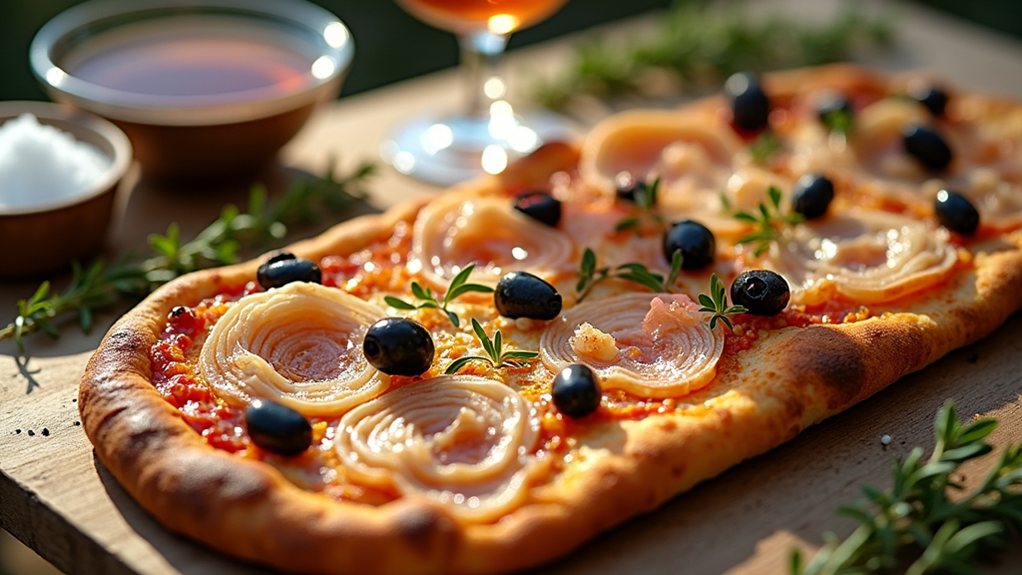
While pissaladière emerged from Provençal traditions, many initial tasters mistake it for a simple French pizza. Though similarities exist, the distinctions are significant, reflecting the unique culinary heritage of the Nice region. The crust can vary from pizza dough to puff or shortcrust pastry, often appearing in rectangular rather than circular form.
- Unlike pizza's tomato-based foundation, pissaladière features sweet caramelized onions as its primary base.
- Traditional toppings include arranged patterns of anchovies and black olives – no cheese required.
- The eating experience differs considerably, with pissaladière commonly served at room temperature as an appetizer.
- The flavor profile creates a distinctive sweet-salty balance, perfectly complemented by a glass of regional rosé.
These differences showcase how local ingredients and traditions shape culinary evolution, even among seemingly related dishes. Unlike Neapolitan pizza with its soft, chewy crust and fresh basil toppings, pissaladière embraces a different culinary philosophy altogether. For an authentic presentation, many chefs arrange toppings in traditional diamond patterns that resemble a decorative harlequin design or sun-like rays.
Essential Ingredients for an Authentic Pissaladière
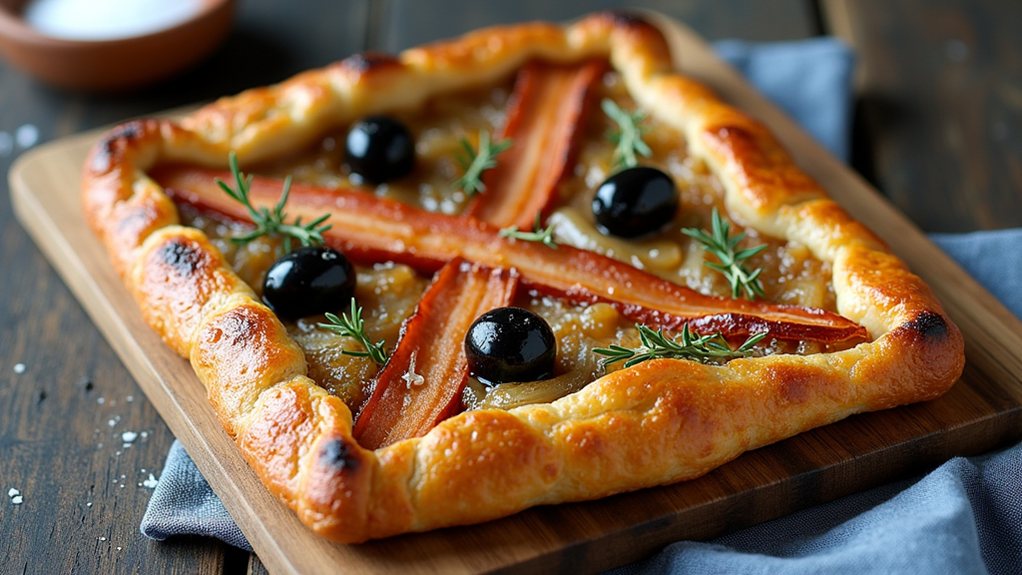
True to its Provençal roots, an authentic pissaladière relies on a handful of key ingredients that harmoniously blend to create its distinctive sweet-savory profile.
Caramelized onions, cooked slowly until sweet and tender, form the foundation of this dish, while salty anchovy fillets arranged in a crisscross pattern provide contrast and depth.
Niçoise olives add briny notes to balance the sweetness of the onions, sometimes accompanied by fragrant herbs like thyme or rosemary.
The base can be made from either a bread-like dough or, in modern variations, puff pastry for a lighter texture.
Garlic, often sautéed with the onions, contributes another layer of flavor that's unmistakably Mediterranean.
Some traditional recipes incorporate pissalat, an anchovy paste that intensifies the umami character of this beloved French specialty from Nice.
For convenience and entertaining flexibility, pissaladière is often served at room temperature or cold, making it perfect for holiday gatherings.
The balance of ingredients is crucial for achieving the authentic taste profile that has made this dish a staple of French coastal cuisine.
Mastering the Perfect Pissaladière Dough

The heart of any authentic pissaladière lies in its distinctive dough, a crucial element that provides the foundation for the renowned Provençal tart.
The soul of Provençal cuisine captured in a perfectly crafted foundation—pissaladière dough defines the tart's authentic character.
Originating from the south of France, this dough shares similarities with pizza crust but maintains its own unique character through specific preparation techniques. The traditional recipe calls for basic ingredients—flour, yeast, salt, water, and olive oil—combined and kneaded until smooth.
- Allow the dough to rise for 1.5 hours in a warm environment, doubling in size
- Knead for approximately 10 minutes to develop proper gluten structure
- Shape the dough by pressing it into a pan and creating textured indentations
- Bake at 250°C until achieving a golden-brown crust, typically 20-30 minutes
The Art of Caramelizing Onions for Pissaladière
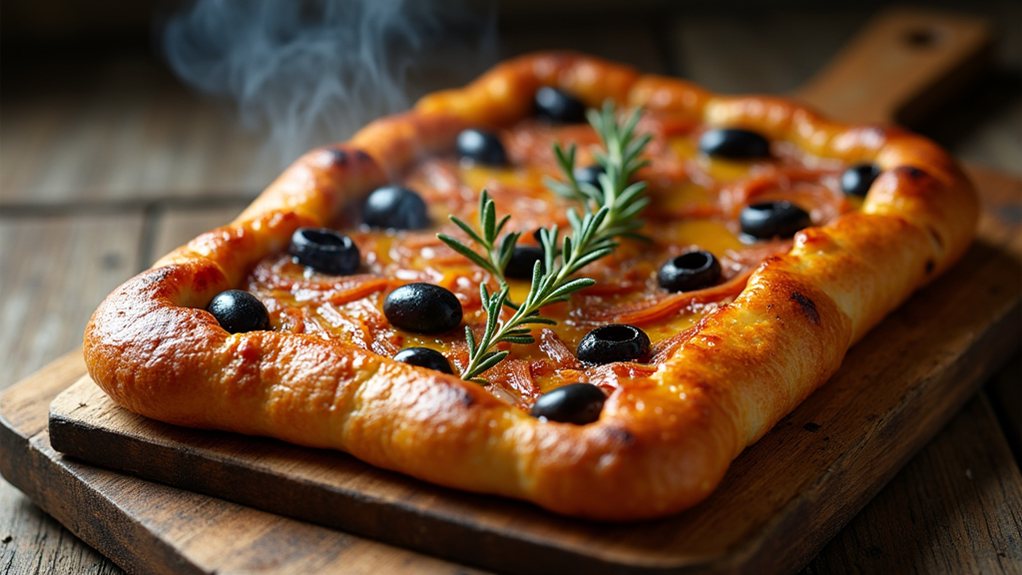
Caramelizing onions stands as the quintessential technique behind any authentic pissaladière, transforming simple ingredients into a complex, sweet-savory foundation for this beloved Provençal tart.
The process begins with thinly slicing three large onions, then sautéing them gently in olive oil over low to medium heat. Patience is the secret ingredient here, as proper caramelization requires up to 30 minutes of occasional stirring to prevent burning.
Seasoning early with salt and pepper improves flavor development, while optional additions like thyme, balsamic vinegar, or a pinch of sugar can raise the final result.
When onions begin sticking to the pan, a splash of water helps maintain moisture without interrupting caramelization. The finished onions should display varying shades from golden to dark brown, remaining soft and jammy rather than crisp—creating the perfect bed for anchovies and olives.
Step-by-Step Guide to Assembling Your Pissaladière
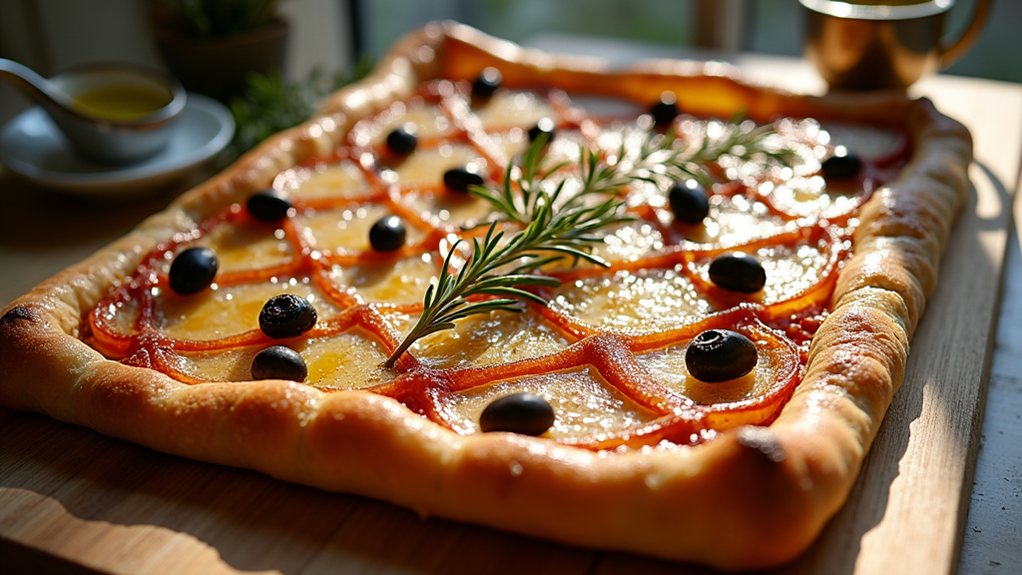
Assembling a proper pissaladière transforms simple ingredients into an elegant Provençal tart that balances sweet caramelized onions with briny anchovies and olives.
The humble pissaladière elevates rustic Provençal flavors into a sophisticated interplay of sweet and salty Mediterranean notes.
The assembly process, while straightforward, requires attention to detail to achieve authentic results.
- Press the rested dough gently into a lightly oiled baking sheet, creating a thin base that will crisp nicely at 400°F.
- Spread a generous layer of caramelized onions across the surface, leaving a small border around the edges.
- Arrange anchovy fillets in a diamond or lattice pattern, placing olives at the intersections for visual appeal.
- Sprinkle with fresh thyme and a touch of ground cloves before baking for 15-20 minutes until the crust turns golden brown.
Regional Variations and Modern Adaptations
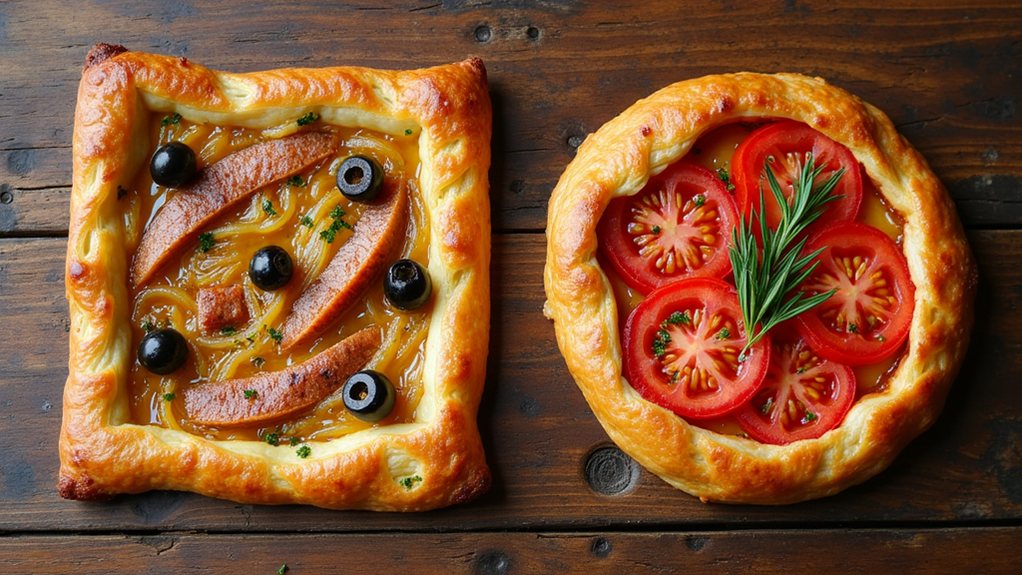
While authentic pissaladière remains deeply rooted in Provençal tradition, fascinating regional variations and modern adaptations have emerged throughout France and beyond.
In Menton, a variation called pichade incorporates tomatoes, while some recipes substitute the traditional bread base with rich puff pastry or demi-feuilletage for a more buttery texture.
Modern cooks often simplify the process by replacing traditional pissalat with blended anchovy fillets, garlic, and oil, making this classic dish more accessible to home chefs.
Some contemporary versions draw inspiration from Italian cuisine, creating culinary hybrids like piscialandrea that honor Mediterranean connections.
The dish's adaptability extends to its shape as well, appearing as round, square, or rectangular offerings depending on local customs.
Despite these variations, the caramelized onions and anchovy flavors remain the soul of this versatile Niçoise specialty.
Pairing Suggestions for Serving Pissaladière
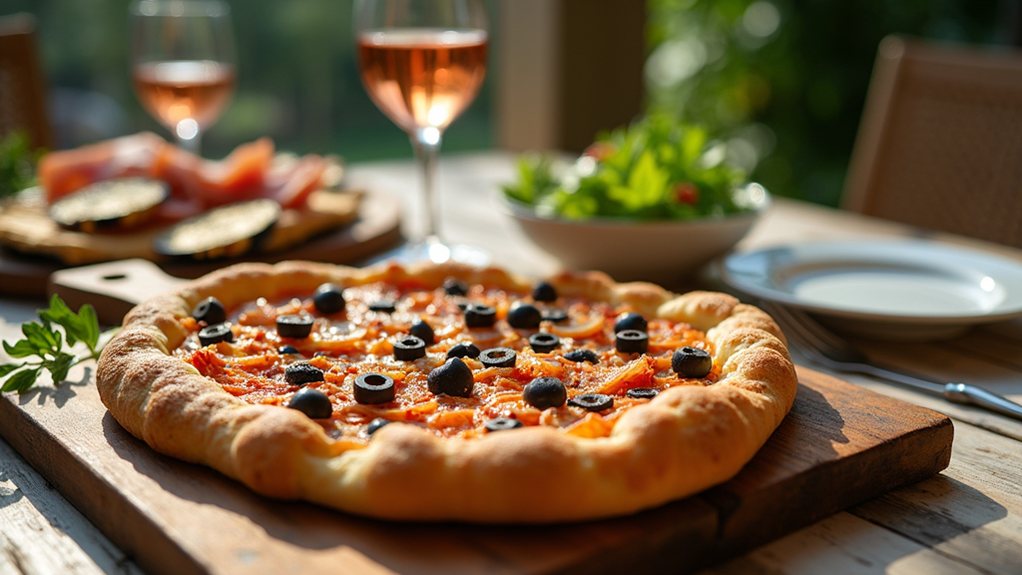
The art of serving pissaladière extends beyond preparing the dish itself to thoughtfully considering its ideal companions and presentation. This Niçoise specialty shines brightest when paired with complementary flavors that improve its savory profile while creating balance.
Whether served as an appetizer with a crisp rosé or as part of a casual outdoor meal, pissaladière adapts beautifully to different dining contexts.
- For appetizers, pair with light green salads or eggplant caviar to create contrast between the rich tart and fresh vegetables.
- Beverage pairings should favor crisp options like chilled rosé or sparkling water with lemon to cleanse the palate.
- Consider seasonal adaptations, such as adding spring asparagus or fall roasted vegetables as accompaniments.
- For entertaining, incorporate pissaladière into charcuterie boards or bistro-style small plates arrangements.
Pissaladière's Cultural Significance in Nice Cuisine

Beyond its delightful pairings, pissaladière represents far more than merely a culinary delight in Nice, France—it embodies centuries of cultural heritage and regional identity. Since 2019, this humble dish has been recognized as part of France's national intangible cultural heritage, cementing its importance in Niçoise tradition.
The recipe's evolution from its 15th-century Genoese origins showcases the natural cultural exchange between Italy and southern France throughout history.
The Mediterranean's culinary borders blur deliciously in pissaladière, where Italian foundations meet French finesse across centuries of shared heritage.
Local preservation efforts, including the "Cuisine Nissarde" label, actively work to protect authentic preparation methods. Families pass down treasured recipes through generations, while community magazines like *Lou Sourgentin* document these culinary traditions.
The dish's name itself—derived from "pissalat," an anchovy paste—connects modern diners to Nice's maritime history, making each bite a taste of the region's storied past.
FAQs
Can Pissaladière Be Frozen and Reheated Successfully?
Pissaladière freezes remarkably well for up to three months. For ideal results, reheat in a 350°F oven for 5-10 minutes, avoiding microwaves which make the crust soggy.
How Long Does Homemade Pissaladière Stay Fresh?
Homemade pissaladière remains fresh for about 8 days when refrigerated properly. It can be frozen for up to 6 months, extending its lifespan considerably. Room temperature storage causes rapid spoilage.
Is There a Sweet Version of Pissaladière?
Traditionally, no sweet version of pissaladière exists. This Niçoise specialty remains savory with caramelized onions and anchovies. However, creative chefs might experiment with honey-glazed onions or sweet fruit toppings.
Can Children Enjoy Pissaladière Despite the Anchovy Flavor?
Children can enjoy pissaladière with adaptations like substituting anchovies with sun-dried tomatoes, using flaky pastry, or involving them in preparation to increase their interest in trying this traditional dish.
What Desserts Complement Pissaladière in a Traditional Niçoise Meal?
Traditional desserts that perfectly complement pissaladière include Tourte de Blettes, almond-based treats, and light fruit options like Tarte aux Pommes or seasonal sorbets featuring Mediterranean flavors.
